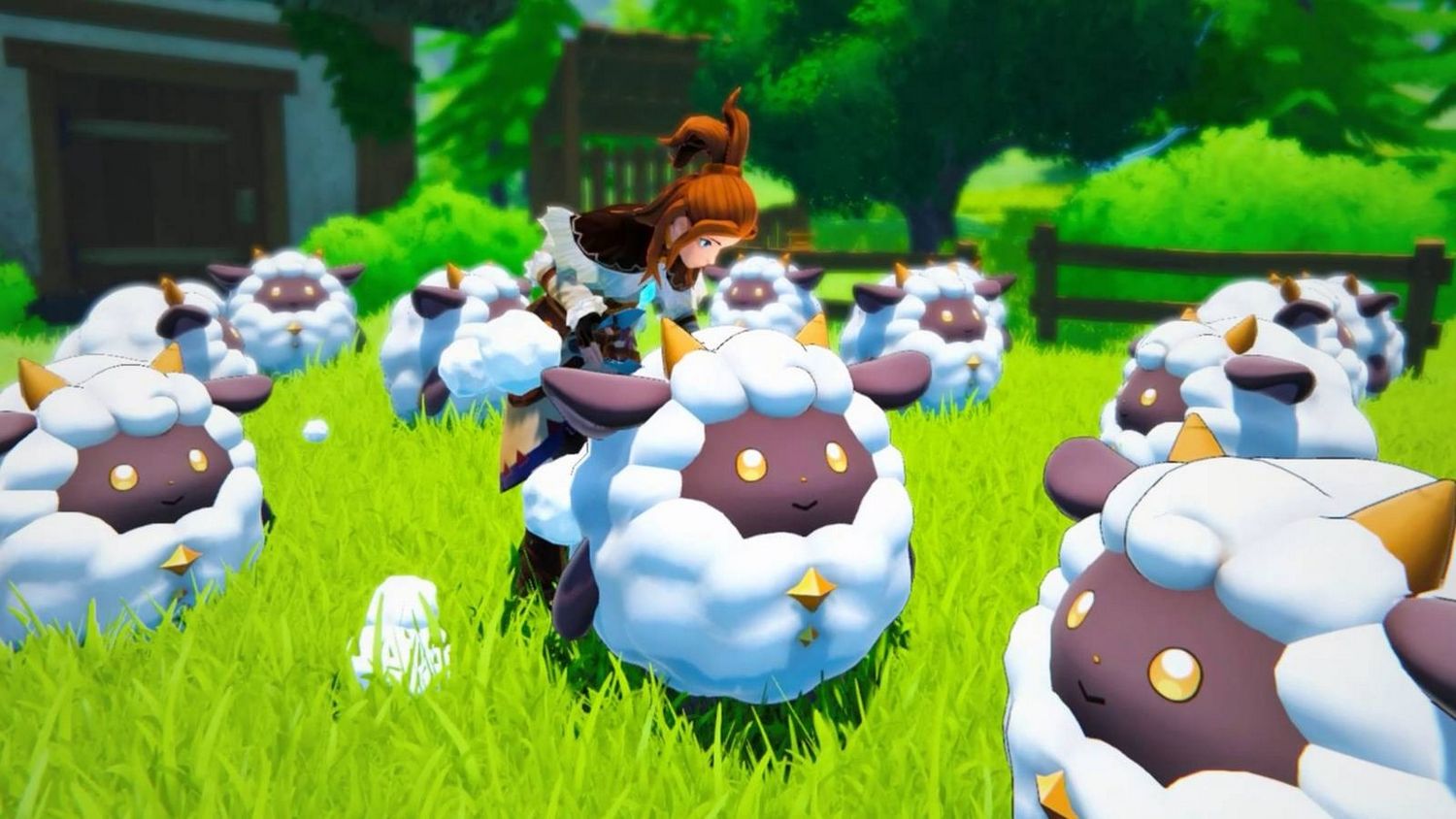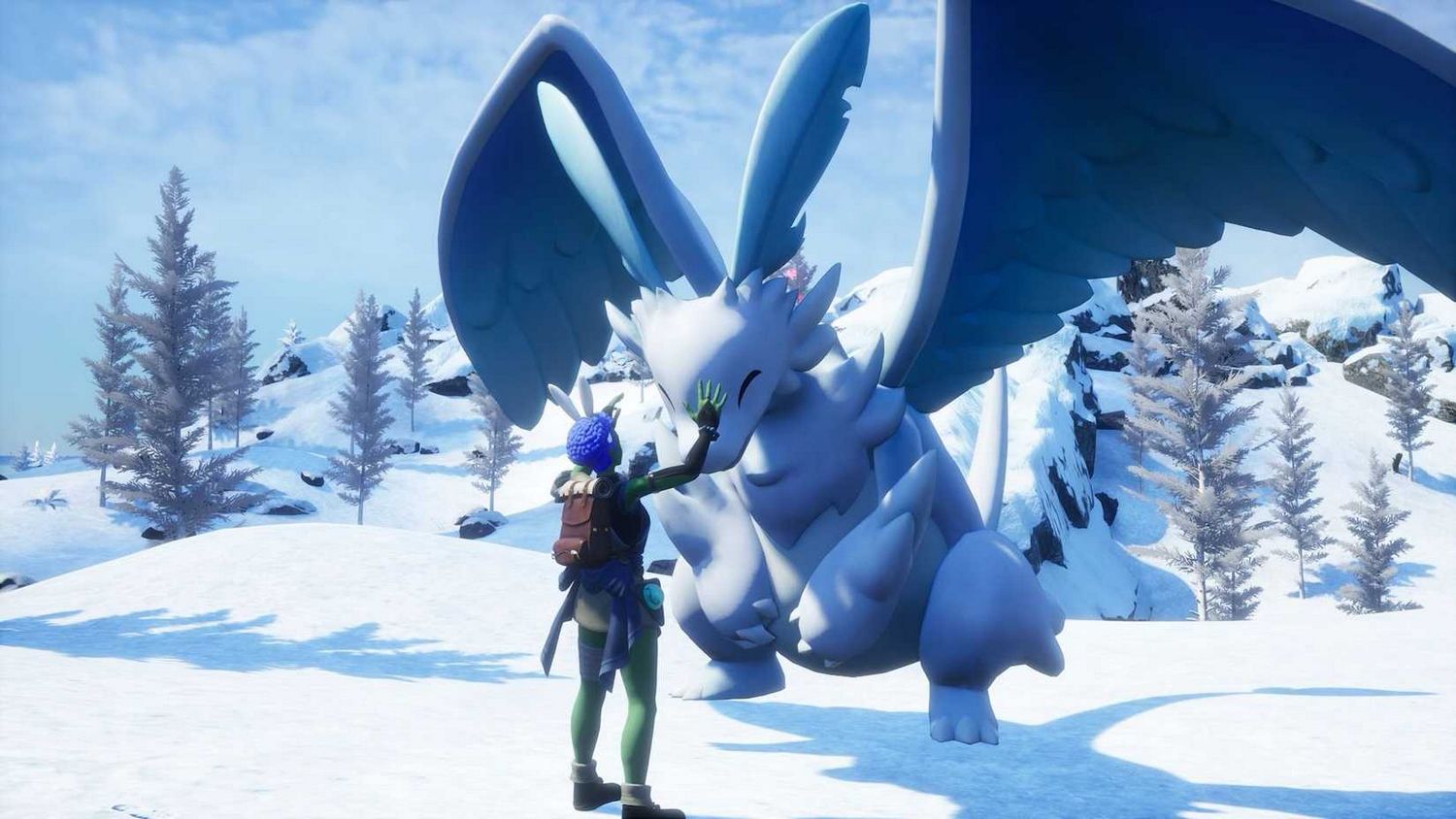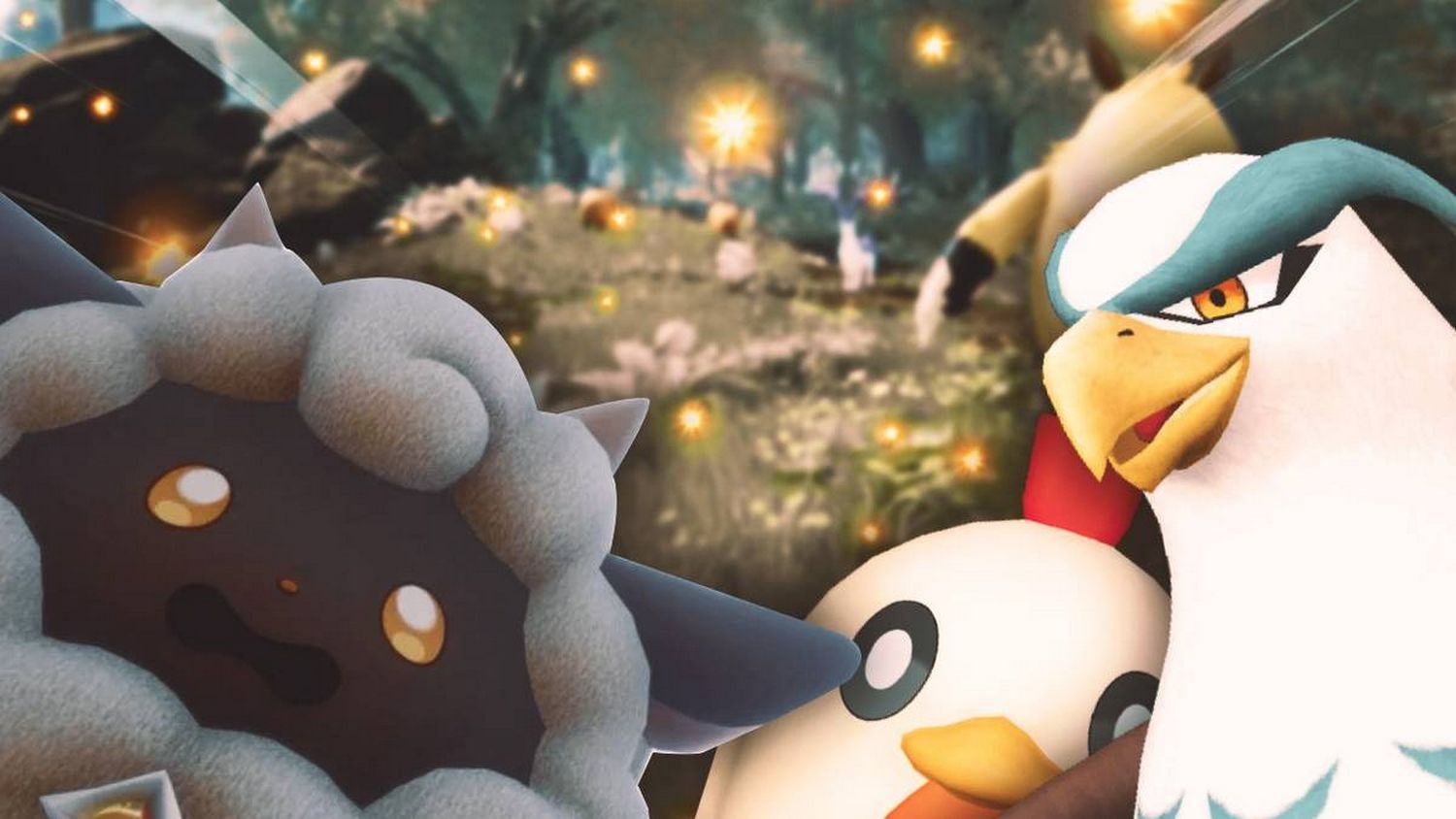The Two-Front War: Palworld’s Legal Challenges Meet Aggressive New Competition
Popular Now
 Brawl Stars
Brawl Stars
 Black Myth: Wukong
Black Myth: Wukong
 Genshin Impact
Genshin Impact
 Toca Boca World
Toca Boca World
 Call of Duty
Call of Duty
 Sonic the Hedgehog™ Classic
Sonic the Hedgehog™ Classic
 Garena Free Fire: Kalahari
Garena Free Fire: Kalahari
 God of War Ragnarök
God of War Ragnarök
 BeamNG.drive
BeamNG.drive
 Free Fire
Free Fire 
The year 2026 marks a critical juncture for Palworld, the survival and creature-collecting phenomenon from Pocketpair. Following a staggering early access launch in 2024, the game is now scheduled for its full 1.0 release in 2026. However, this milestone is overshadowed by a growing intensity of challenges that can be accurately described as a “war on two fronts.” On one side, the ongoing and high-stakes legal battle with Nintendo and The Pokémon Company continues to demand resources and strategic development adjustments. On the other, a new wave of highly-anticipated, well-funded competitors is set to enter the monster-taming and open-world survival market, threatening Palworld’s dominant player base and revenue streams.
This dual pressure—litigation on the corporate front and intense market competition—places Pocketpair in a precarious, albeit highly visible, position. The success of the 1.0 launch will hinge not just on the promised “massive amount of content,” but also on the studio’s ability to navigate these complex, simultaneous threats.
Front One: The Lingering Shadow of Litigation and Intellectual Property
The first and most immediate challenge is the continuous legal action initiated by industry giants Nintendo and The Pokémon Company. While the initial uproar focused on alleged copyright infringement over creature designs, the legal proceedings have evolved into a complex patent infringement lawsuit. These disputes often hinge on technical definitions and prior art, forcing Pocketpair to continuously invest in legal defense and, more importantly, make pre-emptive changes to core gameplay mechanics to mitigate risk.
 The Impact on Development and Feature Rollout
The Impact on Development and Feature Rollout
- Resource Diversion: Fighting a high-profile lawsuit against major corporations demands significant financial and human capital. These are resources that cannot be allocated to game development, directly impacting the speed and scope of new features. The shift in focus for much of 2025 toward “cleanup” and polish, rather than rapid content additions, underscores this burden.
- Mechanical Revisions: Pocketpair has already implemented changes to elements like creature-catching items (Pal Spheres) and gliding mechanics. While developers maintain they will fight the legal case, the necessity of these revisions creates a dynamic of constant adaptation, which can disrupt the overall vision for the Palworld 1.0 experience. Developers must strike a balance between legal compliance and maintaining the chaotic, genre-blending appeal that made the game a success.
- Investment Risk: The legal uncertainty creates a perceived risk for potential investors and publishing partners, even with the game’s massive initial sales. A successful ruling for Nintendo could severely restrict the game’s distribution or force further drastic mechanical overhauls, casting a long-term shadow over the digital game sales of the title.
The outcome of this legal war will establish a precedent for game-as-a-service titles that draw heavy inspiration from established franchises. This makes the case a landmark event with implications far beyond Pocketpair’s bottom line.
Front Two: The Rising Tide of Creature-Collecting Rivals
The second front in this battle is the crowded gaming landscape of 2026, which is seeing a significant resurgence in the creature collector and action RPG genres, directly fueled by Palworld’s market validation. While Palworld’s peak concurrent players were stratospheric, the game’s player count is subject to natural fluctuations. This leaves it vulnerable to new, highly-polished releases, especially those aiming for a high CPC (Cost Per Click) demographic of core gamers and genre enthusiasts.
 Key Competitors and Market Threats
Key Competitors and Market Threats
- Triple-A and Free-to-Play Contenders: Games like the highly-anticipated free-to-play open-world ARPG, Aniimo, are being positioned as direct competitors. Aniimo, which is reportedly set for a late 2026 launch across PC, Xbox, and mobile with crossplay, explicitly targets the Genshin Impact and Palworld audience by promising a deeper combat system, a stronger narrative, and ethical creature design—a subtle jab at Palworld’s more controversial elements. This direct challenge to the best survival game title is a major threat.
- Genre Fragmentation: Pocketpair itself has added complexity by announcing Palworld: Palfarm, a cozy life-sim spin-off. While it attempts to capitalize on the IP, it ironically competes with other cozy titles, including Nintendo’s own rumored farming/life-sim creature game, further fracturing the attention of the core player base.
- New IPs and 1.0 Releases: The 2026 slate includes other major early-access titles reaching their 1.0 state (like Crimson Desert) and entirely new multi-platform AAA releases (Marvel’s Wolverine) which, while not direct competitors, will consume significant portions of the overall gaming market spend and player time. Sustaining high player engagement metrics is a challenge for any live-service game.
For Palworld to maintain its dominance on platforms like Steam and Xbox Game Pass, the 1.0 update must deliver an experience that not only fixes the reported “quirks and jank” but also innovates beyond what new competitors are offering. Gamers are always looking for the best deals on games, and free-to-play rivals pose a clear economic threat.
 The Road to Version 1.0: A High-Stakes Bet on Content
The Road to Version 1.0: A High-Stakes Bet on Content
Pocketpair’s strategy for winning this two-front war is clear: a full-court press on development culminating in a transformative Palworld 1.0 release in 2026. The communications director has teased a “truly massive amount of content” to justify the game’s full release status. This content push must simultaneously satisfy the core audience looking for more of the unique survival crafting and monster-taming loop, while also delivering a polished, stable product that can silence critics and reassure partners.
If the 1.0 launch successfully introduces substantial new regions, high-tier Pals, optimized performance, and groundbreaking mechanics that differentiate it from the burgeoning competition, the game can solidify its position as a genre leader. Failure to deliver a compelling product, however, could see players migrate to the new, lawsuit-free alternatives launching around the same period, effectively losing the war on the second front.
The coming year will be a testament to Pocketpair’s operational agility and legal resilience. The fate of Palworld in the competitive gaming market hinges on a successful legal defense and a truly exceptional 1.0 release, making 2026 one of the most critical years in the game’s short but explosive history.








 The Impact on Development and Feature Rollout
The Impact on Development and Feature Rollout Key Competitors and Market Threats
Key Competitors and Market Threats The Road to Version 1.0: A High-Stakes Bet on Content
The Road to Version 1.0: A High-Stakes Bet on Content